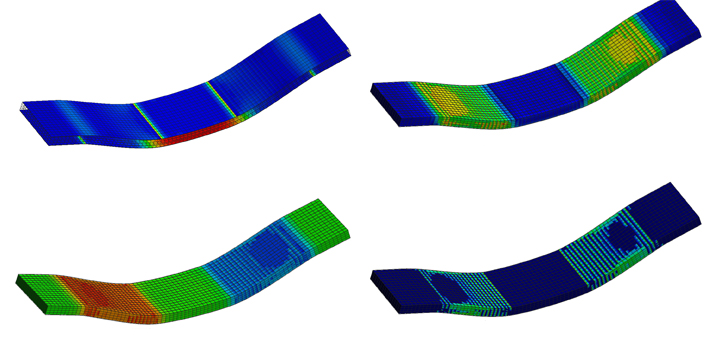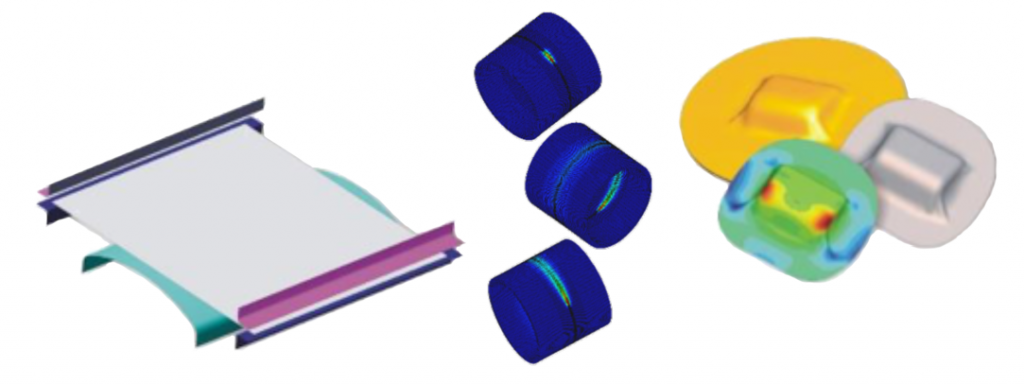The International Centre for Numerical Methods in Engineering has received the Severo Ochoa accreditation. CIMNE became thus one of the six “Centre for Excellence Severo Ochoa” accredited by the Spanish State Research Agency (attached to the Spanish Ministry of Science, Innovation and Universities).
For the first time, CIMNE enters in the list of the centres with the Seal of Excellence Severo Ochoa, together with CREAF, DIPC, IDAEA and IS-Global, while IBEC repeats after being selected in the 2015 call.
Severo Ochoa Centres will receive one million euros every year during four years (2019-2023), according to the provisional resolution of accreditations and public grants 2018 published by the Spanish Ministry of Education and Science.
With this action, the Ministry of Science, Innovation and Universities aims to promote high-impact research carried out in the R&D centres of Spain.
The accredited centres stand out both for the international notoriety of the scientific contributions they make, and for their innovative capacity and their intense relationship with the business sector. They are also world reference centres capable of attracting international talent.

CIMNE has reinforced and reorganized its current research activities in order
to contribute to overcome Four Scientific Challenges of high impact to the welfare of citizens:
4 Research Challenges
These challenges are aligned with the research and technical development (RTD) priorities of European Commission (EC) H2020 priorities and the Plan Estatal de Investigación Científica y Técnica y de Innovación 2017-2020.
RCh1. Construction & Transport
The enhanced design of buildings and constructions, transport infrastructure and vehicles.
RCh 1.1. NEW NM FOR ANALYSIS OF CONSTRUCTIONS WITH NEW MATERIALS
Design and construction of new sustainable, safer and affordable buildings and infrastructures.

RCh 1.2. NEW NM FOR ANALYSIS OF CONSTRUCTIONS WITH NEW MATERIAL
Design of new aircrafts with improved features, such as reduced energy consumption and environmental impact, and increased safety of air transport.

RCh 1.3. NEW NM FOR ENHANCED DESIGN OF SHIPS AND MARINE STRUCTURES WITH IMPROVED PERFORMANCE AND ENVIRONMENTAL FEATURES
Design and construction of environmentally friendly and faster ships that can meet the challenges of the maritime transport.
RCh2. Environment, Energy & Security
A more environmentally-friendly and safer planet.
RCh 2.1. NM FOR ENVIRONMENTAL BIOTECHNOLOGY
New Numerical Methods for:
- Wetlands for wastewater treatment;
- Water bodies, the atmosphere, animals & lands.
- Surface reactive barriers for reducing the risk of organic compounds to human and ecosystems
RCh 2.2. ADVANCED NM FOR THE PREDICTIVE IMPACT OF HAZARDS ON THE BUILT INFRASTRUCTURE AND THE ENVIRONMENT
Development of NM, fed with information from satellites, drones and monitoring devices at the small scale, processed via Big Data techniques, for studying:
FINAL AIM: A more environmental-friendly and safer planet.
RCh3. Manufacturing
A more competitive industrial sector.
Develop of new Numerical Methods for the predictive design of forming manufacturing processes to achieve affordable final products with the desired functionalities.

- The forming manufacturing industry produces a high percentage of existing metallic & polymer components.
- Examples are: additive manufacturing, sheet stamping, casting, welding, forging, machining, rolling and extrusion.
RCh4. Materials
The development of new materials with functional properties for engineering applications.

To develop new Numerical Methods (NM) for analysis and predictive design of multifunctional architected materials.
AIM: The development of new materials with functional properties for engineering applications
- In photonics and acoustics for attenuating selected ranges of frequencies
- To produce ultra-light materials with desired mechanical properties
- Nonlinear metamaterials exhibiting extreme shock absorbing and restitution capacities
- Biological active meta-materials (organ-on-a-chip devices)


